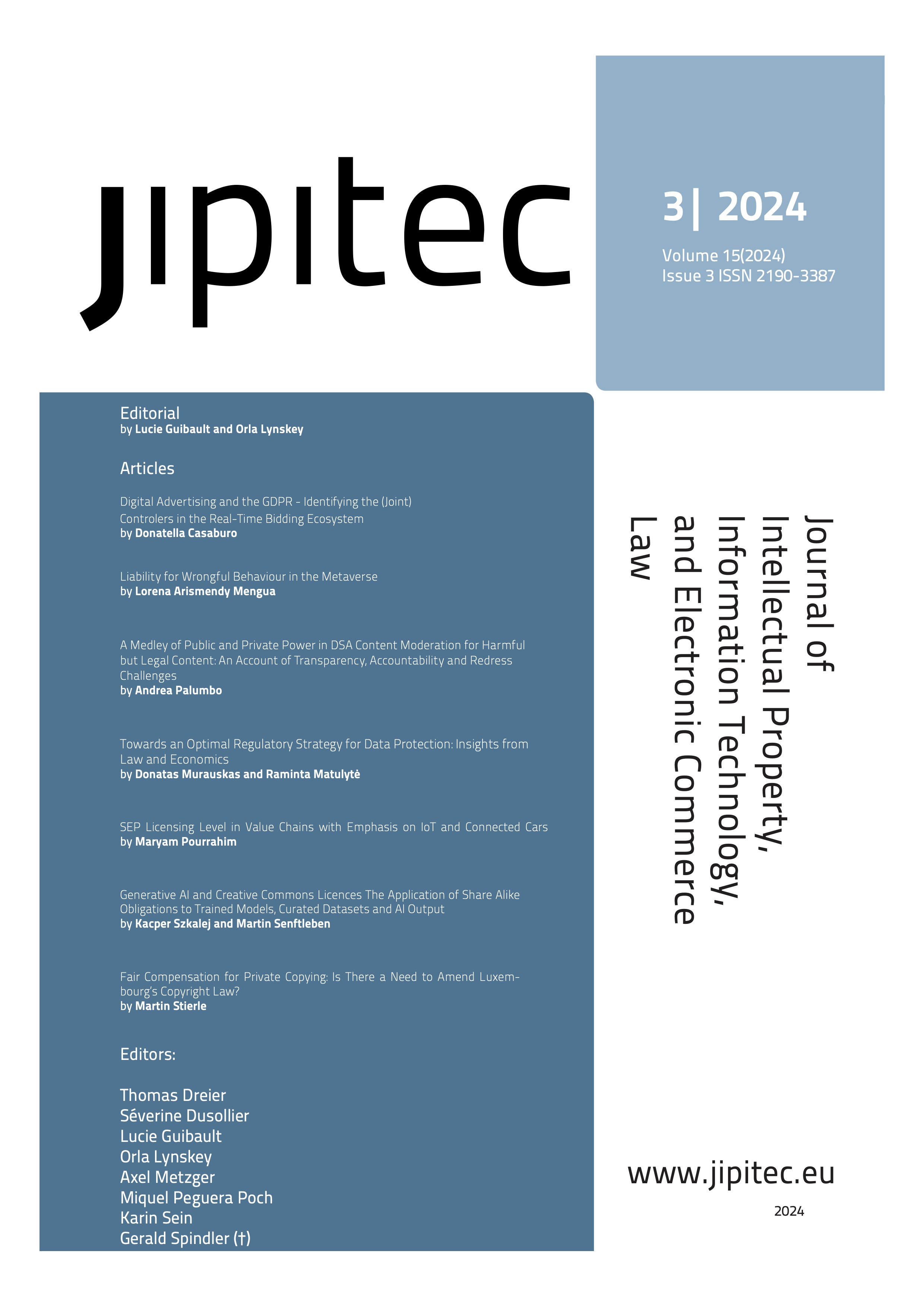SEP Licensing Level in Value Chains with Emphasis on IoT and Connected Cars
Keywords:
SEP, Licensing, FRAND, IoT, Value ChainsAbstract
The complexities of licensing in multi-tier value chains, notably within industries like connected cars, pose significant challenges. The pivotal question arises: Who should be responsible for obtaining licenses for Standard Essential Patents (SEPs) - Tier 1, Tier 2, Tier 3 suppliers, or end-product manufacturers?
The Daimler vs. Nokia case vividly illustrates the intricate web of connected car value chains, where three primary licensing alternatives were scrutinized. SEP holders typically prefer granting licenses to end-product manufacturers, based on the product’s value. However, end-product manufacturers may challenge both the royalty base and the necessity of obtaining the license, advocating for the component supplier to be the licensee.
Conversely, component suppliers seek licensing, aiming to innovate and develop independently. Legally, SEP holders may hesitate to license component makers due to the first sale doctrine, which limits patent exhaustion within the value chain.
This paper meticulously examines the intricate issue of determining the rightful licensee in multi-tier value chains, leveraging insights from the Daimler case. Our analysis explores patent law, including concepts like the have-made right, FRAND commitments under ETSI, and competition law. We scrutinize the potential shifts in policy favoring licensing component suppliers, offering valuable insights into the complex landscape of SEP licensing in connected car industries.




